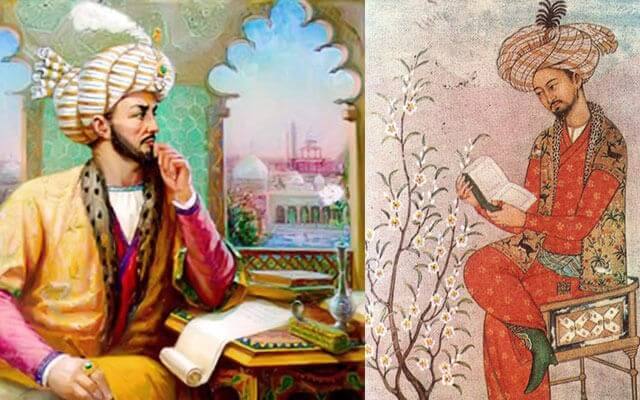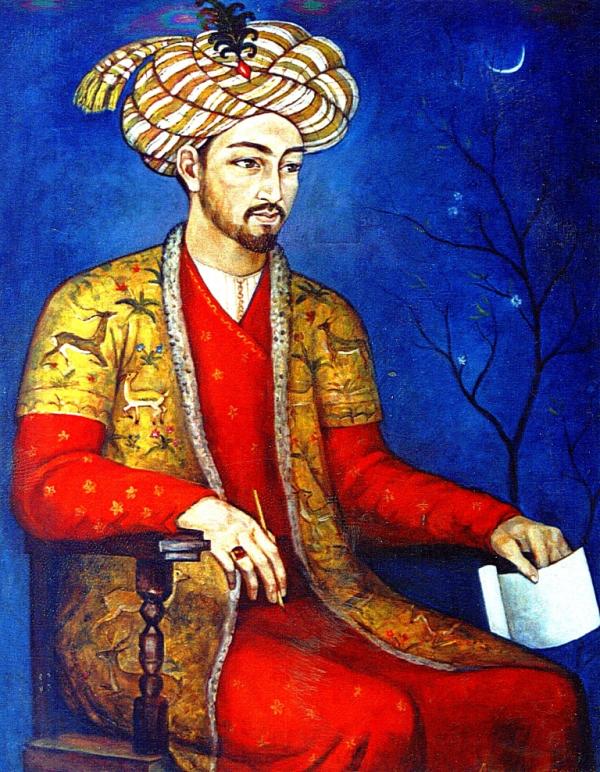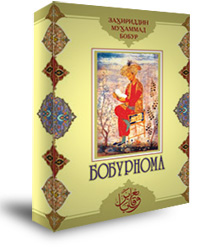
 In 1994, the Academy of Sciences of Uzbekistan published a new poetry collection of the poet. This book has been presented to readers by addressing deficiencies in previous publications.
In 1994, the Academy of Sciences of Uzbekistan published a new poetry collection of the poet. This book has been presented to readers by addressing deficiencies in previous publications.
“Boburnoma” is an important source of encyclopedia not only in our country, but also in world literature. Thanks to the scientific efforts to study this book, a new edition of Boburnoma has been published in recent years. This provides a clear overview of words and phrases that have not been previously interpreted.
During his reign in Andijan, Babur liked to visit his hometown in the hills of Bogishamol, where he was going to build a summer garden. After almost five centuries, the poet’s dream came true. In the early years of independence, a national park was created here, named after Babur. Occupying more than 300 hectares, the park has magnificent national gates, a memorial complex and a museum. The symbolic mausoleum of the poet was erected, and the soil was brought to him from the eternal gardens of Babur.
Founded in 1992, the International Babur Foundation actively collected information about the life, work and work of Zakhiriddin Muhammad Babur and other great scientists, found and returned rare artifacts to our country. In the past, many international scientific expeditions have been organized for this purpose. Research was conducted in more than 20 foreign countries. As a result, many unique manuscripts and manuscripts and their copies were returned to our country.
The new full edition of Baburnom, a Persian copy, a revised manuscript found in Istanbul, The Great Devil of the Baburid dynasty, Mehri Nimruz, G. These are the works of the Herald and the Angel of History.
In baburology, there was a lot of information about the alphabet called “Hatti Boburiy,” says literary critic Saidbek Hasanov. – However, we did not have a copy in our country. The fact is that Babur at one time transformed the Arabic alphabet, translating it into Turkish, and in this alphabet he transmitted the Koran and sent it to Mecca. Thanks to the efforts of the Foundation’s specialists, a copy of the Holy Quran, copied by Hatti Boburi, was stored in the Imam Rizo Museum in Mashhad. A study is underway to study this unique source.
As a result of such scientific and practical research, copies of the main manuscripts of Bobur’s works stored in libraries and museums of our country and abroad were delivered to our country. The source is located in the Alisher Navoi Museum of Literature of the Academy of Sciences of Uzbekistan. This unique resource will become a key resource for future scholars and fans of poetry in the future.
There is growing interest in studying the heritage of Babur abroad. The fact that Boburnoma was published in more than thirty languages and in more than seventy museums around the world has preserved invaluable resources about Bobur and his descendants. Along with the scientists of our country, foreign experts carry out significant research in the field of baburology.
A book was published about the personality and poetry of Zakhiriddin Muhammad Babur of the Indian scholar Kamar Rais, a four-volume collection of scientific works of the famous Japanese orientalist, Professor Ige Mano.
